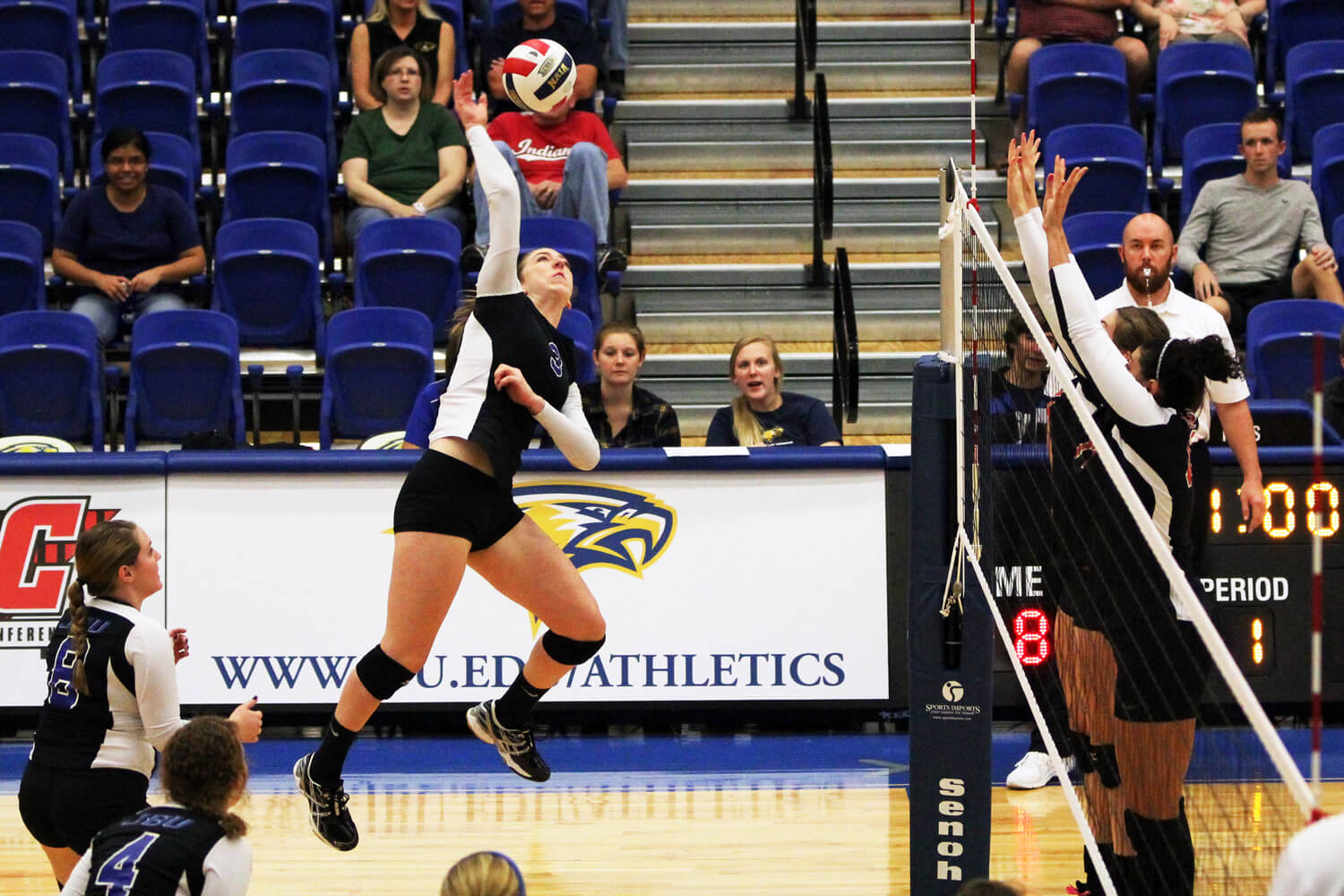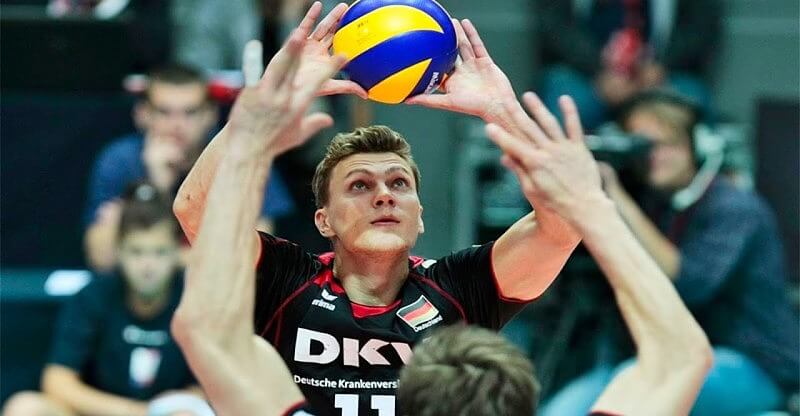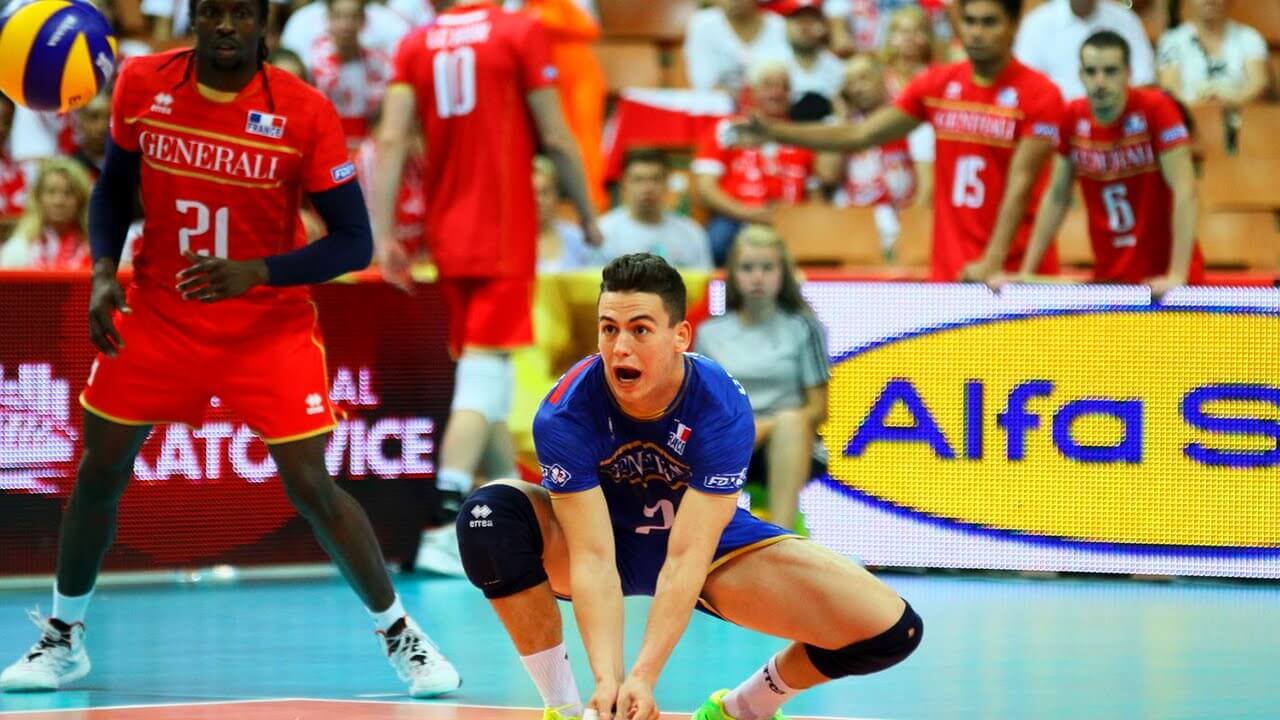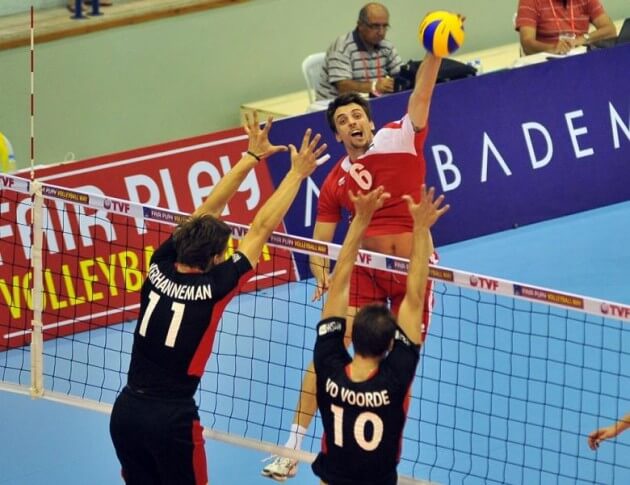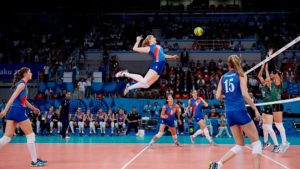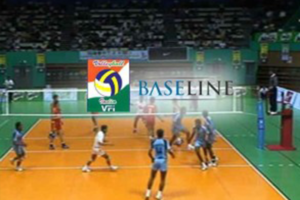History Of Volleyball
Volleyball Positions : Volleyball Rules & Players Position : Volleyball is one of the most popular games where the rules are simple and easy to follow. You can even see the kids playing volleyball in the streets. It was first invented by William G.Morgan, who was a YMCA physical education director. Though it was started as the pastime, it acquired the status of a formal game with the development of a defined set of rules. To develop the game worldwide, an international organization was set up in the year 1947. Right from the year 1964, the game is an essential part of the Summer Olympics games for both the men and women category.
How To Play Volleyball?
-
- Volleyball is played with two teams, each team with six players competing against each other.
- One of the teams will start the game by serving the ball over the net.
- The serve is done behind the outer boundary line in the service zone.
- A team will win the rally and score the points if the opponent team failed to stop the ball from grounding or the players touched the ball more than 3 times.
- The team which wins the rally will get an opportunity to serve.
- The winner of the game will be decided by the best of three games or the five games.
- The winner of a particular set will be the team which first scores 25 with a minimum two-point advantage.
To become an expert in this game, the most important feature one must learn is the various volleyball positions.
Volleyball Court & Players Positions
Volleyball Positions : Volleyball Rules & Players Position
- The standard dimension of the volleyball court is 18m* 9m divided into two equal halves.
- There is a centerline that is present exactly in the middle of the court and the net is tied over this line. Each side of the centerline is divided into the attack zone and the defensive zone.
- In a total of 6 players, 3 players will be in the attack zone and 3 players will be in the defense zone.
- In the attack zone, the positions are named P4, P3, and P2. The main job of the players in the attack zone is to block the opponent and attack the ball which falls in that particular zone.
- The positions in the defensive zone are called P5, P6, and P1. As the name indicates, the players here play the defensive role by facing the opponent’s attack and blocking those balls behind the attack line.
Basic Volleyball Rules
-
- 6 players on the floor at any one time – 3 in the front row and 3 in the back row
- Maximum of 3 hits per side
- Points are made on every serve for winning team of the rally (rally-point scoring).
- The player may not hit the ball twice in succession. (A block is not considered a hit.)
- The ball may be played off the net during a volley and on a serve.
- A ball hitting a boundary line is in.
- A ball is out if it hits antennae, the floor completely outside the court, any of the net or cables outside the antennae, the referee stand or pole, the ceiling above a non-playable area.
- It is legal to contact the ball with any part of a player’s body.
- It is illegal to catch, hold or throw the ball.
- A player cannot block or attack a serve from on or inside the 10-foot line.
- After the serve, front-line players may switch positions at the net.
- Matches are made up of sets; the number depends on the level of play. 3-set matches are 2 sets to 25 points and the third set to 15. Each set must be won by two points. The winner is the first team to win 2 sets. 5-set matches are 4 sets to 25 points and fifth set to 15. The team must win by 2 unless tournament rules dictate otherwise. The winner is the first team to win three sets.
Following are the various positions in volleyball:
-
- Outside Hitter (also called wing spiker, left side).
- Right Side Hitter (wing spiker, right side).
- Opposite Hitter (attacker).
- Setter.
- Middle Blocker (center, middle hitter).
- Libero.
- Defensive Specialist.
Setter
The players in the Setter Position are the most important players in the team. Usually, the person who is well-versed among all the players in the game takes a setter position. The setter never takes the ball first which means he takes the ball only on the pass. His main role will be to make the offense stronger by putting the ball in the air so that the third touch is effective. This would make the offense, so perfect. Setter also has a role in the defense where he should anticipate the flow of the game and should defend their area when the ball is inside the net. The setter increases the scoring opportunities for the game.
Outside Hitters
Unlike the other positions, the Outside Hitters play in both the back row and the front row. So the players who are selected to play this role should be an all-rounder. They play from the middle back positions when they are playing in the back row. They take the ball on the sidelines when they play in the front row. The maximum points in the game are scored by these players. They must act in concert with the setter during an offense and should coordinate with the middle blocker during the defense. They should have a good passing capacity as they mostly touch the ball first when it comes to the opponent’s side. They must have good passing abilities.
Middle Blocker/Middle Hitter
The Middle Hitter should act prudently both on offense and defense. During the offense, they should play so vigorously mainly on the third touch before the ball passes over the net. The cooperation between the setter and the middle hitter is more important. On defense, he blocks the ball which falls into the third zone where he/she is positioned. He blocks the ball not only in his area but also on the sides. So, you can say that he should cooperate with the frontcourt players, particularly during blocking for the best game.
Libero
Libero Position is considered to be a recent innovation, which was introduced in 1998. Their main role is only in the back row. They are involved only in the defence. There are certain special powers associated with this position. They can get in or go out of the game to replace a back-row player without any formal substitution. The coach can act as per his own wishes. Libero generally acts as a substitution for middle block players. While on offense, they may help in passing the ball, but not in attacking the ball.
Opposite
They play Opposite from the setter in the rotation. They should possess adequate skills for both the defense and the offense. They generally block the ball from the right side of the court during an offense. Sometimes they act as a setter in his/her absence. Their role in the defense is even more important as they play against the opponent’s opposite or outside hitter. So they block the ball on the right side. They generally are not engaged with service, receiving and passing.
Having discussed the Volleyball Positions of the players, it is also important to know various formations which are traditionally adopted for the best game. The major formations which are adopted are 5-1, 6-2 and 4-2. These figures are arrived depending upon the number of hitters and setters. For example, in the 5-1 formation, there will be 5 hitters and 1 setter while in 6-2 formation there will be 2 setters (one in zone 1 and another in zone 6). Each formation has its own merits and demerits. You can select the formation depending upon the skill set of the players.
Have you got acquainted with the volleyball positions? When you play the game next time, choose your positions perfectly based on your skill.

